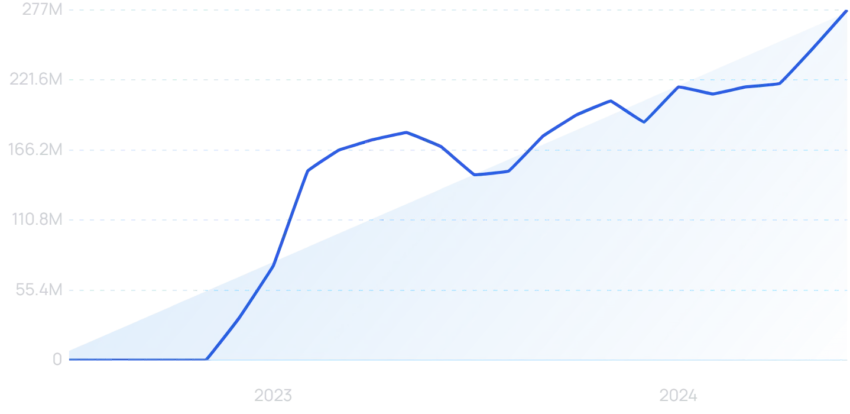TL;DR Summary of When Will ChatGPT-5 Be Released? Latest Updates on GPT-5 Launch and Features
Optimixed’s Overview: Anticipating the Arrival of OpenAI’s Next-Gen GPT-5 Model
Release Timeline and Development Status
OpenAI released GPT-4.5 (“Orion”) to Pro users in February 2025, signaling the final step before GPT-5. CEO Sam Altman confirmed in June 2025 that GPT-5 is slated for release “this summer,” but exact timing remains uncertain due to rigorous safety and security testing. The delay in launching GPT-5 also stems from the need to address high-risk areas and complete the training phase, including “red teaming” efforts to identify vulnerabilities.
Key Features and Improvements in GPT-5
- Unified Model Approach: GPT-5 will merge various existing GPT and o-series models, eliminating the confusing model switcher interface for users.
- Multimodal Capabilities: Enhanced integration of voice, image, and text processing enables more natural and versatile interactions.
- Smarter and More Reliable: Improved contextual understanding, fewer hallucinations, and advanced reasoning abilities will make GPT-5 more accurate and responsive.
- Customizability: Users and organizations can personalize the AI to better suit specific tasks and industries.
- Tiered Intelligence Levels: Free users will have access to a standard intelligence level, while paying subscribers can leverage higher-capability versions.
Challenges Impacting GPT-5’s Launch
Despite rapid past releases, GPT-5’s arrival has been slowed by:
- Safety Concerns: Ensuring compliance with stringent safety standards to prevent misuse and protect user privacy.
- Training Data Limitations: Overcoming scarcity of quality data by using synthetic and proprietary datasets.
- Competitive Pressure: OpenAI faces intense competition from other AI developers like Google and Anthropic, driving urgency but also caution in deployment.
Future Outlook: Will GPT-5 Bring Artificial General Intelligence?
While GPT-5 is anticipated to be a major leap forward, it is unlikely to achieve artificial general intelligence (AGI) or sentience. Instead, it will enhance autonomous task handling and provide a more seamless, intelligent conversational experience. OpenAI aims to bridge the gap between human and machine communication but maintains that GPT-5 will remain a tool rather than a fully autonomous entity.
Conclusion
OpenAI’s GPT-5 is poised to redefine AI interaction with smarter, faster, and more versatile capabilities expected to launch around mid-2025. However, the final release depends on thorough training completion and safety validation. For businesses and users, GPT-5 promises a simpler, more powerful AI experience that integrates multiple functionalities into a single, easy-to-use platform.
